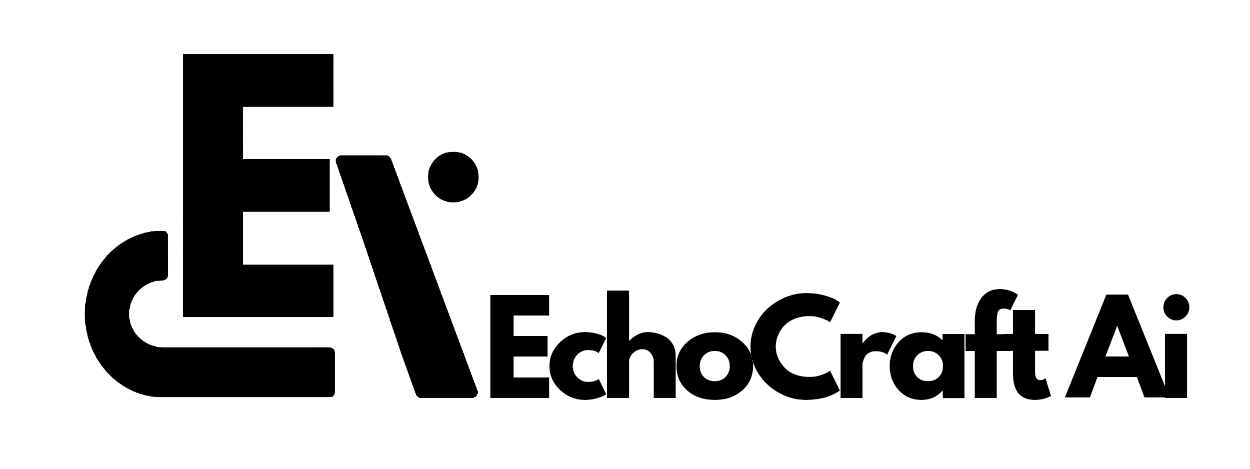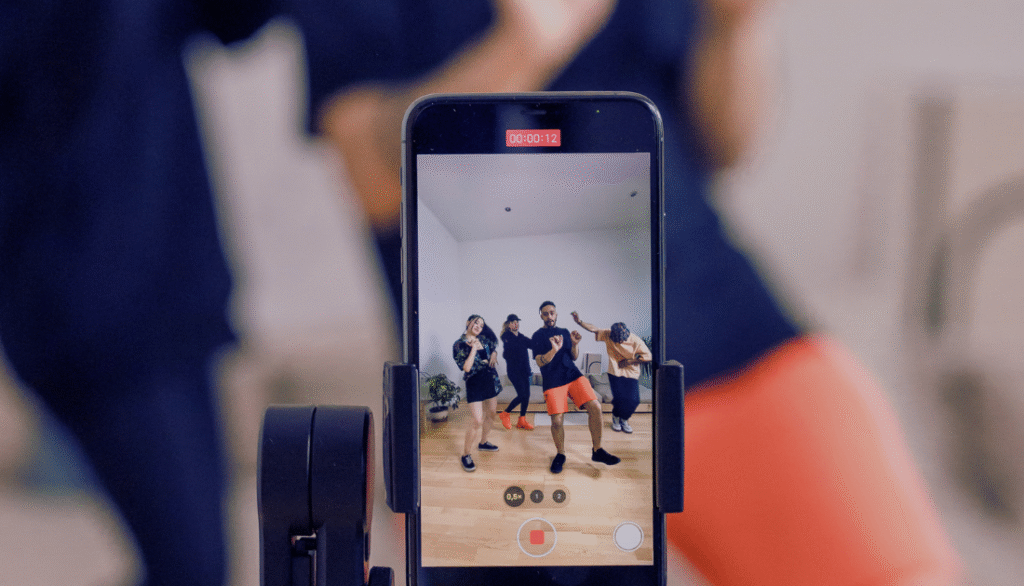TikTok will roll out revised Community Guidelines on September 13, 2025, describing the update as a simplification of language. Yet beyond the clearer phrasing, the changes reveal strategic adjustments in how the platform governs creators, commercial activity, and personalization.
Highlights
- Launch Date: Revised Community Guidelines roll out on September 13, 2025, framed as “simplified language” but signaling deeper strategic changes.
- LIVE Accountability: Hosts are now fully responsible for all activity during streams, including actions via third-party tools like translation or voice-to-text.
- Commercial Content: TikTok warns it may reduce visibility for videos directing purchases outside of TikTok Shop, reinforcing its marketplace dominance.
- Personalization: Recommendations, search, and comments will reflect user histories more closely—raising concerns about echo chambers and political bias.
- AI Content Rules: Broader but looser restrictions now ban misleading or harmful AI content; prior bans on AI-generated endorsements by public figures have been dropped.
- Moderation Tone: Guidelines shift from emphasizing “trustworthy” content to positioning TikTok as a “safe, fun, and creative” entertainment platform.
- Industry Impact: With TikTok Shop driving ~68% of social commerce GMV, creators face growing pressure to align with in-app shopping strategies.
The update arrives at a pivotal moment. Social platforms are under increasing pressure to comply with new global regulations, including the EU’s Digital Services Act, the U.K.’s Online Safety Act, and emerging U.S. online safety laws.
Against this backdrop, rulebook functions not only as a community framework but also as a signal to regulators that the platform is aligning with heightened expectations.
Accountability on TikTok LIVE
One of the clearest shifts involves TikTok LIVE. For the first time, hosts are explicitly responsible for all activity during their streams, even when using third-party tools such as real-time translation or voice-to-text. The implication is straightforward: accountability cannot be outsourced.
Commercial Content and TikTok Shop
TikTok is also redrawing the boundaries of commercial activity. While ad disclosure has always been required, the platform now warns that it may reduce visibility for videos encouraging purchases outside of TikTok Shop in regions where the marketplace is active.
This change effectively strengthens TikTok Shop’s role as the centerpiece of its monetization strategy, discouraging creators from diverting traffic to external platforms.
Personalization Becomes More Central
Another notable update clarifies how personalization shapes the TikTok experience. Recommendations, search results, and even comment sections will increasingly reflect individual user histories—likes, replies, and reports.
While this reinforces TikTok’s reputation for tailored content, it also raises fresh concerns around echo chambers and political skew.
During the 2024 U.S. election, for example, studies showed that conservative-aligned accounts received 11.8% more partisan content, while Democratic-aligned ones were served more opposing viewpoints, highlighting the influence of algorithmic personalization.
AI-Generated Content
What they want to do is, instead of listing prohibited scenarios in detail, the new guidelines apply broader language, banning material that is “misleading about matters of public importance or harmful to individuals.”
Notably, previous bans on AI-generated endorsements by public figures have been dropped, suggesting a recalibration of how the platform views celebrity and influencer interactions with generative tools.
Shifting Tone in Moderation
The wording of the guidelines has also evolved. Where content moderation was once described as a way to keep the platform “safe, trustworthy, and vibrant,” the updated rules instead frame TikTok as a “safe, fun, and creative place for everyone.”
The removal of “trustworthy” may appear minor, but it underscores a repositioning of the platform as entertainment-first rather than credibility-first.
Industry Effects
These updates are not occurring in isolation. TikTok Shop already accounts for an estimated 68% of social commerce gross merchandise value, shaping how creators structure their content to align with in-app shopping.
Marginalized communities have reported that TikTok’s moderation tools sometimes misinterpret their content, leading to the rise of “algospeak” workarounds.
With the new guidelines dispersing restrictions across areas like personalization and the “For You” feed, some advocates argue transparency may decrease rather than improve.
At the same time, TikTok is experimenting with more proactive AI features and deeper algorithmic tailoring. With 72% of U.S. teens reporting they use AI companions, policymakers are closely watching how these changes intersect with online safety, youth engagement, and mental health.
The Bigger Picture
Individually, many of these policy shifts may appear incremental. Taken together, however, they represent a significant recalibration:
- Creators face new accountability and tighter restrictions on off-platform monetization.
- Users will experience even more personalized—and potentially more insular—feeds.
- TikTok’s commercial priorities are being placed front and center, often in ways that align with regulatory compliance.
TikTok is redrawing the boundaries of what creators can do, what users can see, and how the platform positions itself amid regulatory scrutiny and growing commercial ambitions.


